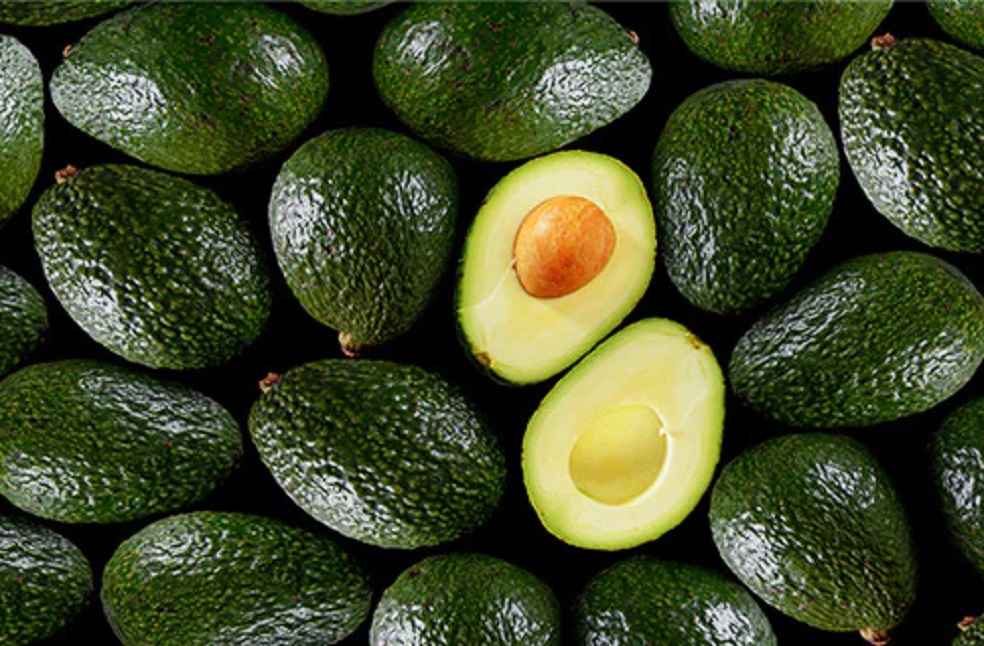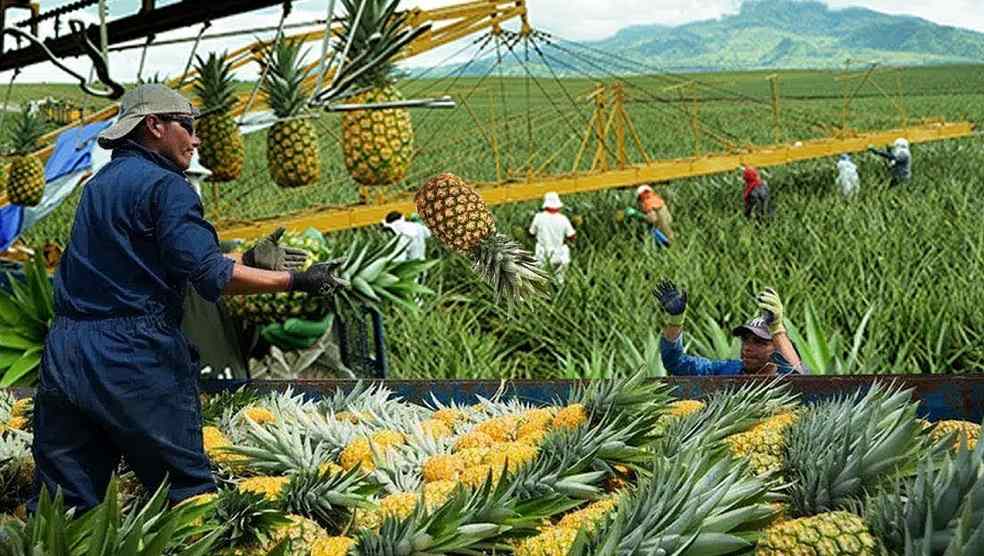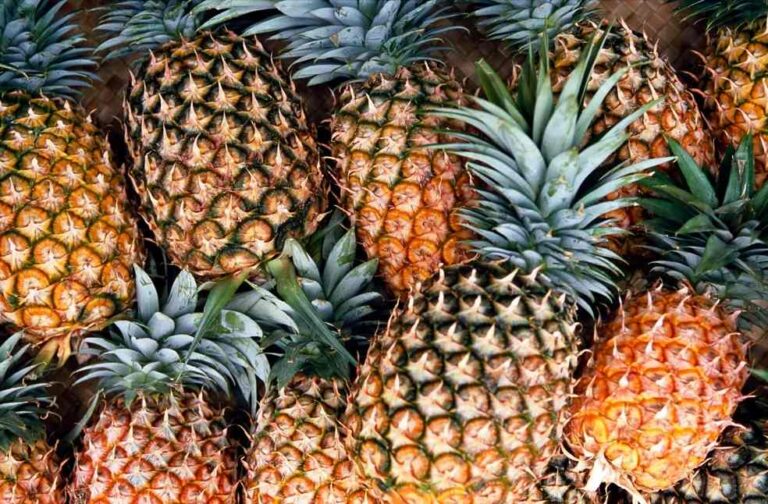The global trade volume for major tropical fruits is anticipated to have reached a record $11 billion in 2024, according to a market review by the Food and Agriculture Organization (FAO) of the United Nations. This represents a 1.8% increase from 2023, though the growth rate has slowed compared to the previous decade due to adverse weather conditions in key exporting countries.
El Niño-induced high temperatures and tropical storms adversely affected the quality and production of several fruits, including papayas from Guatemala and avocados and mangoes from Mexico and Peru. Mango exporters also faced logistical challenges such as limited flight availability and rising air freight costs.
Conversely, pineapples benefited from favourable production conditions in two leading exporting nations, Costa Rica and the Philippines.

The United States and the European Union maintained a steady demand for avocados, mangoes, and pineapples, reflected in a 20% rise in average unit values for avocados and pineapples and a 40% increase for mangoes.
China, the third-largest global importer of pineapples, has also shown increasing interest in tropical fruits such as mangosteen and pineapples. Its pineapple imports are projected to grow by 4% to 230,000 tons, driven by demand for higher-quality varieties like the MD2 pineapple from the Philippines.
The Philippines, the second-largest global exporter of pineapples, is set to see a 16% spike in demand, with exports projected to reach 690,000 tons in 2024. Key markets include Japan and the Republic of Korea, which account for 33% and 16% of Philippine pineapple exports, respectively.
Exports to China rose by 3% year-on-year as of August, while the average export unit value of Philippine pineapples increased by 5% from 2023 to $617 per ton.

Pineapple exports are forecast to grow by 4% to 3.3 million tons, maintaining their position as the most traded tropical fruit in terms of quantity. Despite their lower average export unit values, pineapples remain a significant commodity globally.
Avocado exports are expected to account for 32% of global trade volume and 57% of trade value due to their higher unit values. Mangoes, mangosteens, and guavas will contribute 27-28% to both trade quantity and value, while papaya exports are projected to decline by 1% to 365,000 tons, given the fruit’s high perishability and sensitivity during transport.
The FAO’s review highlights the resilience of the global tropical fruit market despite production challenges, with Philippine pineapples playing a pivotal role in meeting rising international demand.
BUSINESS GENERAL | Chongqing Citrus, Chrysanthemums, and Pickles Conquer Global Markets



